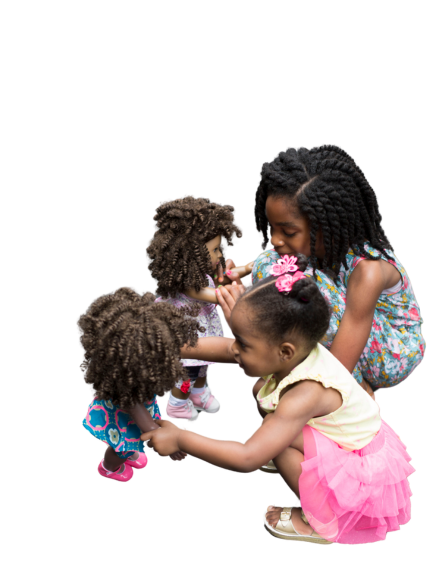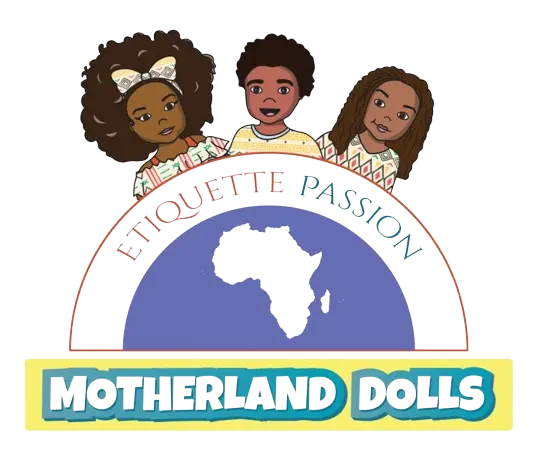Children’s interactions with dolls can provide valuable insights into their understanding of race and identity. While the extent to which children notice the colour of their dolls varies, it is generally accepted that children do perceive these differences. Here are several points to consider regarding how children perceive and respond to the colour of their dolls:

1. Developmental Awareness of Race
- Age and Awareness: Children as young as six months can notice differences in skin colour. By the age of three, many children begin to develop racial awareness and can categorise people, including their dolls, based on race.
- Imitative Play: Children often use dolls to imitate the world around them. They may notice and comment on a doll’s skin colour, particularly if it differs from their own or those they see in their immediate environment.
2. Influence of Environment and Socialization
- Family and Community: The attitudes and behaviours of family and community members significantly influence how children perceive race. Positive, inclusive environments encourage children to view racial differences as normal and valuable.
- Media and Marketing: Media representation and marketing strategies also play a role in shaping children’s perceptions. Dolls that reflect a variety of races and ethnicities help normalise diversity for children.
3. Children’s Preferences and Choices
- Diverse Preferences: Some studies suggest that children may initially prefer dolls that look like them, reflecting a natural tendency to gravitate towards familiarity. However, with exposure to diverse dolls and inclusive messaging, children often develop an appreciation for dolls of different races.
- Curiosity and Learning: Children are naturally curious. Providing them with dolls of different colours and ethnicities can spark questions and learning opportunities, helping them understand and embrace diversity.
4. The Role of Play in Development
- Imaginative Play: Dolls serve as tools for creative play, allowing children to explore various identities and roles. Playing with dolls of different colours can enhance empathy and understanding.
- Social Skills: Children practice social skills through play and learn about relationships. Diverse dolls encourage children to think beyond superficial differences and focus on shared human experiences.
5. Educational and Emotional Impact
- Positive Representation: Dolls reflecting a child’s race can reinforce a positive self-image and cultural pride. Conversely, dolls of different races can teach children to respect and appreciate diversity.
- Cultural Education: Parents and educators can use dolls to introduce conversations about race, culture, and history, providing children with a broader perspective and fostering an inclusive mindset.
Conclusion
While children do notice the colour of their dolls, their understanding and attitudes are heavily influenced by their environment and the messages they receive from adults, media, and their community. Providing children with a diverse range of dolls can promote empathy, inclusivity, and a positive self-image, helping them grow into well-rounded individuals who appreciate and celebrate diversity.
Written by Lola Awofadeju, CEO of MotherlandDolls.com. Versatile author, educator, and advocate for children’s well-being, life skills, and etiquette. Dedicated to providing exceptional products that empower and uplift every child. Explore our collection today and join us in celebrating diversity and promoting a positive self-image for all children.
